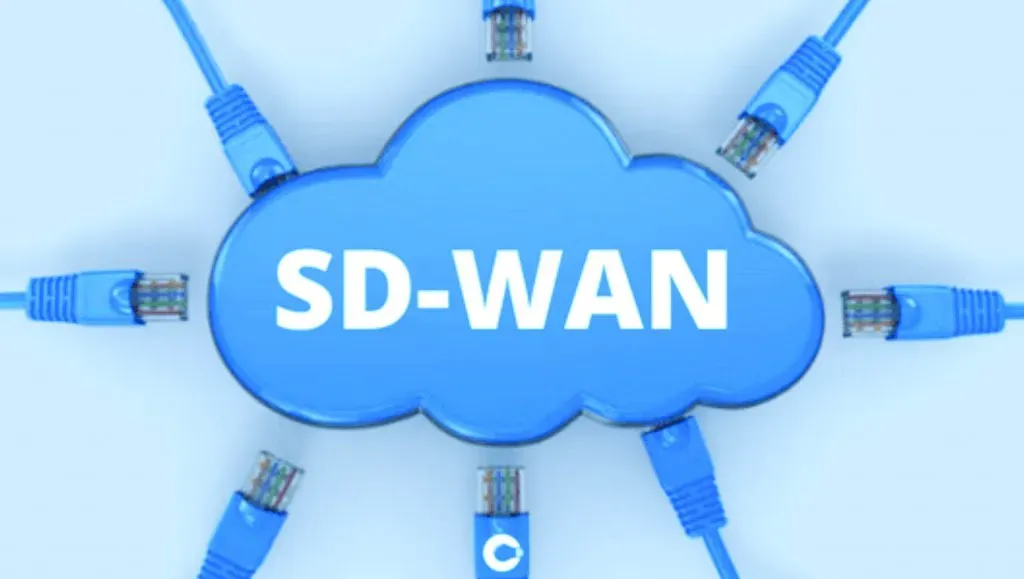
As technology advances, it paves the way for a revolutionary approach called Software-Defined Wide Area Networking (SD-WAN). This article explores WAN technology's evolution and the transformative benefits of embracing SD-WAN as a service for better connectivity.
What is WAN?
WAN, or Wide Area Network, connects computers and devices across large distances. Think of it like the roads that connect different cities. It helps businesses and organizations spread across different regions to communicate and share information with ease.
The Traditional WAN Constraints
In the past, WANs were primarily built on Multiprotocol Label Switching (MPLS) technology. While MPLS provided secure and reliable connections, it came with a high price tag and long deployment times.
Additionally, traditional WAN architectures were not designed to handle cloud applications' and multimedia content's rapidly increasing bandwidth demands. The lack of agility and flexibility hindered businesses from efficiently adapting to changing network needs.
SD-WAN emerged as a solution to address the limitations of traditional WAN architectures. It leverages software-defined networking principles to abstract network hardware from the control plane, allowing centralised management and dynamic traffic routing. SD-WAN technology utilises inexpensive broadband internet connections alongside MPLS to optimise cost while maintaining performance and security.
Benefits of SD-WAN
As the SD-WAN is the latest technology, it will have a greater impact as compare to the older version. Still then here are some of the main benefits of SD-WAN -
- Enhanced Performance and Reliability: SD-WAN employs intelligent traffic steering and load balancing techniques to route data over the most efficient path. This capability ensures that critical applications are prioritised and not affected by network congestion, leading to improved performance and reduced latency.
- Cost-Effectiveness: With SD-WAN, businesses can augment their expensive MPLS connections with more affordable internet links. This hybrid approach optimises bandwidth utilisation and reduces operational costs, making it an attractive option for organisations of all sizes.
- Centralised Management and Automation: SD-WAN provides a centralised control panel for network administrators to configure and manage multiple branch locations from a single interface. Automation features streamline network provisioning, making adding new sites easier or adjusting bandwidth allocation without manual intervention.
- Agility and Flexibility: As businesses evolve, so do their networking needs. SD-WAN's flexibility allows companies to quickly adapt to changing requirements, such as integrating cloud services or implementing a work-from-home model. It simplifies the process of deploying new applications and services across the network.
- Improved Security: SD-WAN incorporates advanced security features like encryption, firewalls, and threat detection to secure data transmission across the network. The centralised management also enhances visibility, enabling rapid identification and mitigation of security risks.
The Rise of Cloud Computing
The proliferation of cloud-based services and applications has transformed the way businesses operate. With traditional WAN architectures, backhauling all traffic through the data centre to access cloud resources led to inefficient routing and increased latency. SD-WAN addresses this challenge by allowing direct access to the internet and cloud services from branch locations, enhancing the user experience and optimising cloud application performance.
Embracing the Future with SD-WAN
The adoption of SD-WAN is rapidly increasing as organisations recognise the benefits of this technology. As the workforce becomes more distributed, SD-WAN empowers businesses to build a resilient and agile network that can adapt to the dynamic demands of the modern workplace.
Conclusion
The evolution of WAN technology from the constraints of traditional architectures to the transformative power of SD-WAN has revolutionised how businesses connect and operate. SD WAN as a service provides enhanced performance, cost-effectiveness, centralised management, agility, and improved security, positioning it as a critical enabler for better connectivity in the digital era.
Embracing SD-WAN is not just following a trend; it's a strategic move towards better, more efficient connectivity. It's like upgrading from an old bicycle to a sleek, modern car. The journey becomes smoother, faster, and more enjoyable.
The future is here, and it's time to make a wise choice by moving to SD-WAN. It's the evolution of connectivity, designed with you in mind. If you want to stay ahead, embrace the future today!
Embracing SD-WAN optimises network operations and empowers organisations to thrive in an increasingly interconnected world. As technology evolves, SD-WAN will undoubtedly remain at the forefront of network innovation, shaping the future of wide-area networking.